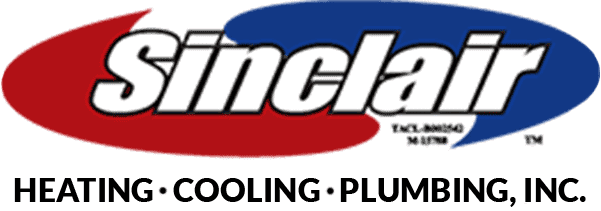Summer is almost here. West Texas is enjoying an unusual and appreciated level of rain. The plants and trees are happy and the lakes are filling up after a long drought.
With increased rain comes increased humidity. Thankfully, our humidity is relatively low compared to the Hill Country around Austin and certainly much less than the mugginess of Houston. Yet on a humid hot day here, we appreciate air conditioning like everyone.
We know air conditioning for how it cools. Yet that wasn’t the goal for the very first air conditioner. Back in 1902 there was a paper printing company in Brooklyn, New York. During the summers, the humidity caused big problems for the paper and ink they produced. Willis Carrier, an engineer, took on the task of creating a way to remove the humidity from the air. It worked and cool air was a byproduct of the process.
There are four primary parts to an air conditioner. An evaporator, a compressor, a condenser and an expansion device.
The part inside the home where the refrigerant evaporates is the evaporator. Fans in the home blow air across the evaporator’s coils.
When air from inside the house moves across the evaporator, the refrigerant inside the coil of the AC unit picks up the temperature of the air. When the refrigerant absorbs heat from the air, it turns from a liquid to a vapor. Going from a cold liquid to a hotter vapor, the air had heat removed from it, so the air turns from warmer to colder.
The vaporized refrigerant then passes into the compressor, which is located outside in the air conditioning unit next to your home. If it’s a business building, the unit may be up on the roof. This unit also contains the condenser. The compressor “squeezes” the gas to a state of higher pressure and higher temperature.
From there, the hot, pressurized gas flows over the third component, the condenser. Here, the gas is condensed back into its liquid state as heat is radiated away. Outdoor units often have metal fins on them to help dissipate the heat more quickly. If you’ve ever walked by your unit’s fan while it’s blowing, you’ll know the air is quite warm.
Important to remember is to keep your condensor unit hosed off and clean. Also, change your air filter monthly.
The cooled-off liquid is now returned into the home. The expansion device regulates the flow of liquid refrigerant into the evaporator, where just as before it will absorb heat and change phase from a liquid into a low-pressure gas.
In this process, moisture is removed from the air. The air is cooler and drier. If you’ve ever heard the phrase, “It’s not the heat, it’s the humidity” you’ll know it’s true. There is a big difference between a “wet heat” and a “dry heat”. In places like Houston, a wet towel hanging outside will never dry out in the summer. In Phoenix, that same wet towel will be dry in 5 minutes. In the desert cities like Phoenix, there are many days where it’s 105 degrees with 5% humidity. It’s surprisingly comfortable because the air is dry.
If you’ve not had your air conditioning unit inspected and prepared for this summer season, give Sinclair a call today. We will make sure your equipment is operating at peak efficiency! 806-749-COOL (2665)

